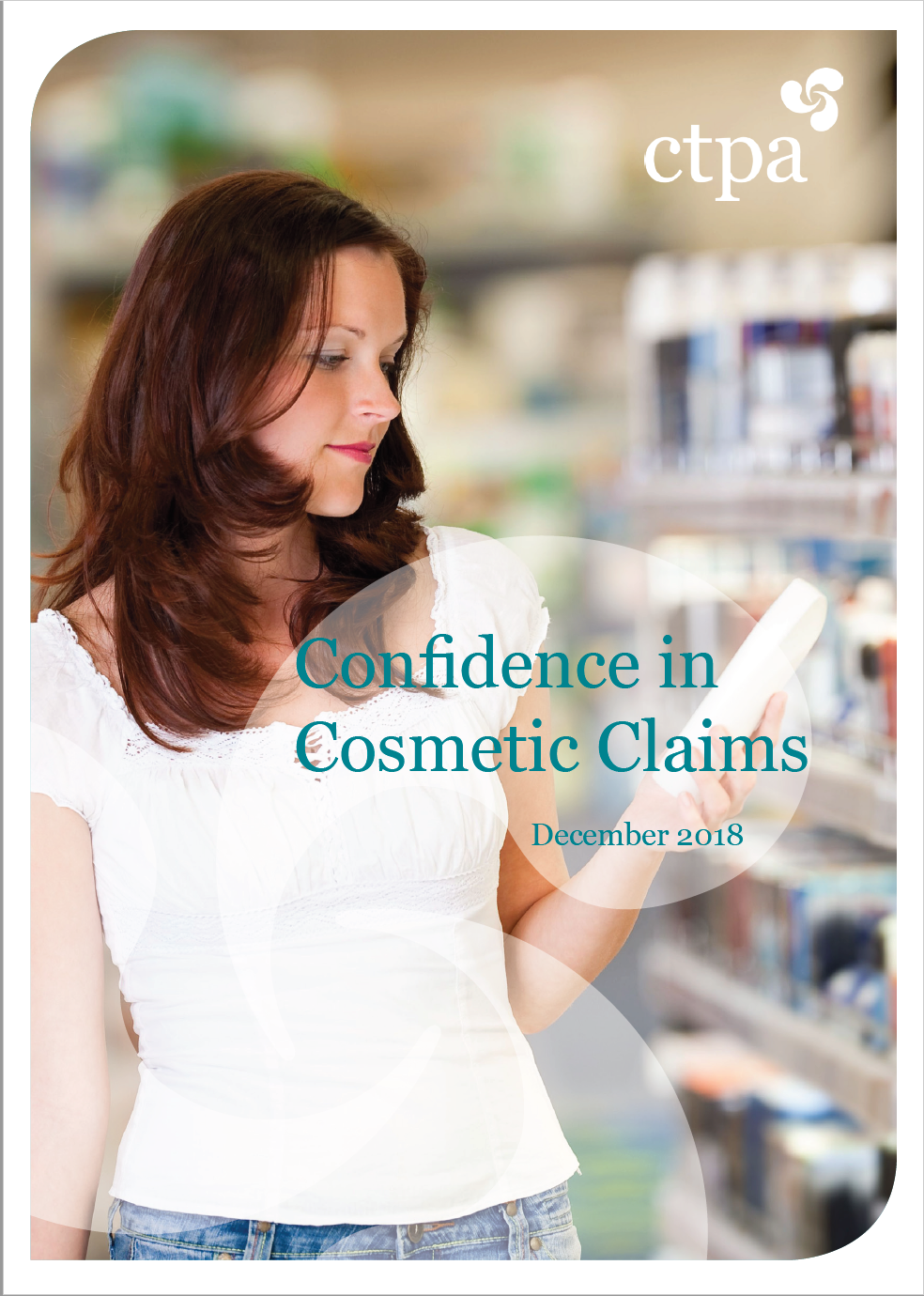Regulatory Framework
Article 20 of the UK Cosmetics Regulation (EC) No. 1223/2009 (UKCR) and the EU Cosmetic Products Regulation (EC) No. 1223/2009 (CPR) give the requirements for cosmetic claims. Both the UK and EU Articles state that "in the labelling, making available on the market and advertising of cosmetic products, text, names, trademarks, pictures and figurative or other signs shall not be used to imply that these products have characteristics or function that they do not have".
Furthermore, cosmetic claims have to comply with Regulation 655/2013 highlighting the Common Criteria for Cosmetic Claims; this applies to both the UK and the EU. There are 6 Common Criteria for cosmetic claims, and all of these must be taken into consideration; if a claim is in breach of one of these criteria, then the claim shall not be made. The 6 Common Criteria are listed below.
- Legal Compliance
- Truthfulness
- Evidential Support
- Honesty
- Fairness
- Informed Decision-Making
These provisions apply to all claims made for cosmetic products, whether they are on pack, online, on social media posts, on advertorials, etc., and whether they are text, images, symbols, etc.
The Responsible Person putting the products on the market is responsible for the claims made, including their wording and their claims substantiation.
Companies can view the CTPA Guide to Advertising Claims and the Confidence in Cosmetic Claims booklet to gain an in-depth understanding of the regulatory framework for claims in the UK and EU.
Another law that is relevant to cosmetic claims is the Consumer Protection from Unfair Trading Regulations 2008, which was implemented in the UK from the EU Unfair Commercial Practices Directive.
In the UK, the Advertising Standards Authority (ASA) is the self-regulatory organisation of the advertising industry in the United Kingdom. The ASA enforces the Advertising Codes (broadcast and non-broadcast) written by the Committees of Advertising Practice (CAP). The Advertising Codes can be accessed via the ASA website.
Claims Substantiation
Information on the principles for claims substantiation can be found in the CTPA Guide to Advertising Claims.

Social Media Advertising
The Competition and Markets Authority (CMA) published a guide on 'Social Media Endorsements: Being Transparent with your Followers'. This guide is aimed at celebrities and influencers directly and clearly explains what they need to do to ensure their posts are not misleading consumers.
CAP also published guidance for influencers on how social media posts have to be labelled as advertising.
Trendy Claims
'Free from' Claims
CTPA advice on 'free from' claims can be found in the public news item on this topic.
'Natural' and 'organic' Claims
The terms 'natural' and 'organic' are not specifically regulated under the CPR, which controls the safety of cosmetic products. However, the provisions for cosmetic claims in Article 20 of the UKCR and EU CPR and the Common Criteria apply equally to these claims as well.
The ISO Standard 16128 provides guidance on the definition of 'natural' and 'organic' (ISO 16128-1), and how to calculate the % of naturalness of ingredients in finished cosmetic products (ISO 16128-2). There is no legal requirement to comply with the ISO guidelines, it is a company decision.
'Hypoallergenic' Claims
The European Commission's Technical Document on Cosmetic Claims gives best practices to formulate and substantiate claims for hypoallergenic products (Annex IV).
'Hypoallergenic' claims (or other claims with similar meaning) should not give the impression that they guarantee a complete absence of risk of an allergic reaction, as no products can guarantee that and different individuals may react to different substances to different extents.
'Not Tested on Animals' Claims
The provisions for cosmetic claims in Article 20 of the UKCR and EU CPR and the Common Criteria apply equally to these claims as well.
Since animal testing is banned in the UK and EU, 'not tested on animals' claims or a logo implying this, could therefore be deemed as breaching the Common Criteria; claims relating to avoidance of animal testing would not be permitted as all cosmetics sold in Europe could make the same claim now. Also, such claims must be substantiated with robust support.
CTPA has information explaining the animal testing bans on its consumer website, www.thefactsabout.co.uk.
'Vegan' Claims
There is no legal definition of a vegan or vegetarian cosmetic product. Manufacturers may include claims that the product does not contain any animal-derived ingredients at all or is "suitable for vegans". Such claims are acceptable, but it is a legal requirement that all claims can be substantiated and are not misleading to the consumer.
Halal
There is no legal definition of halal cosmetics and third party certifications are not required specifically.
According to European Halal Development Agency Halal food should:
- not consist of or contain anything which is considered to be Haram;
- not been prepared, processed, transported or stored using any appliance/facility that is contaminated by anything Haram;
- not (during the course of preparation, processing, transportation or storage) been in direct contact with any food that fails to satisfy parameters 1 and 2 above;
- not contain Najs material;
- be safe for human consumption, non-poisonous, non-intoxicating or non-hazardous to health;
- not prepared, processed or manufactured using equipment contaminated with Najs material; and
- not contain any human parts or its derivatives.
Often, considerations should be made beyond just the ingredients; for example contamination during the production process.
